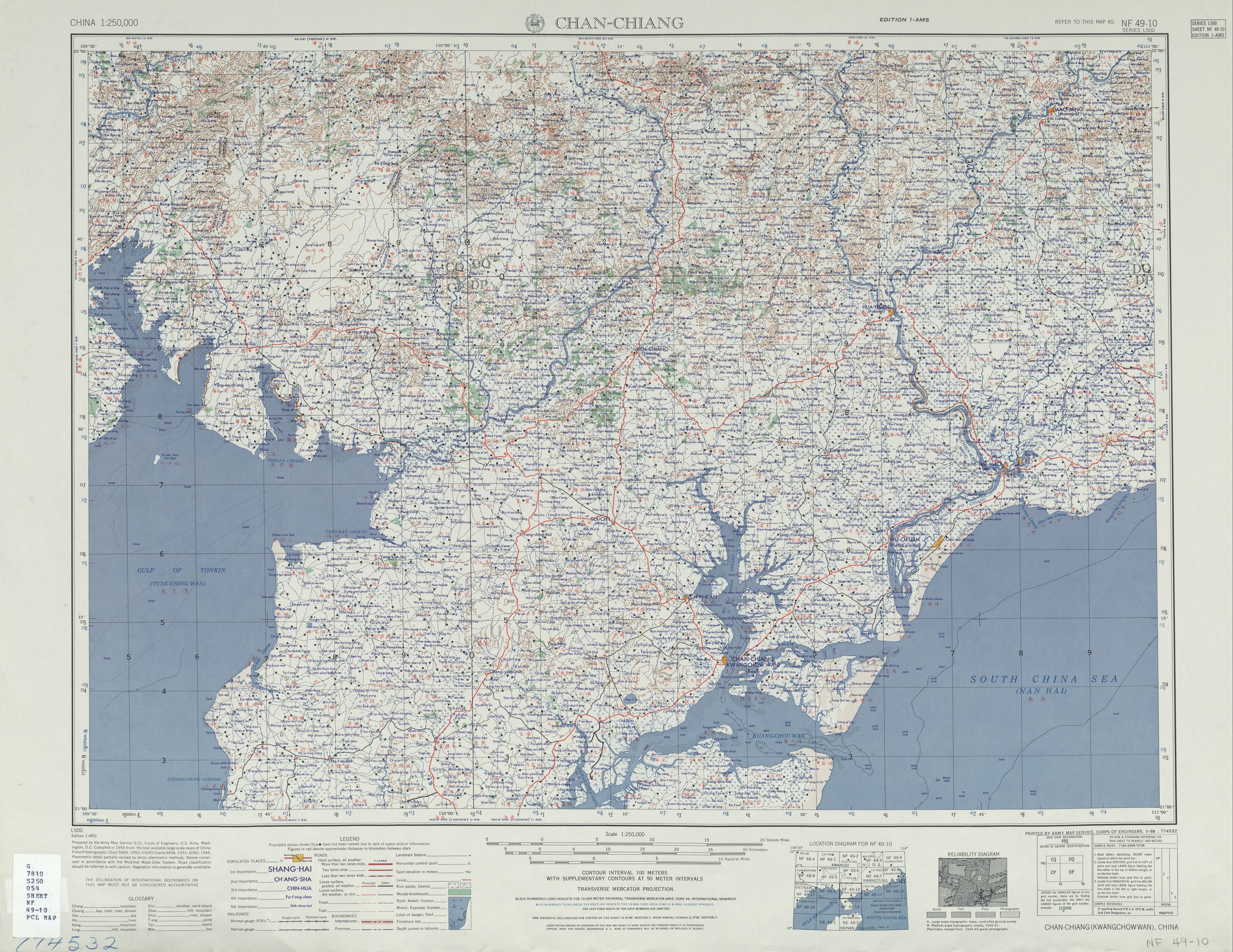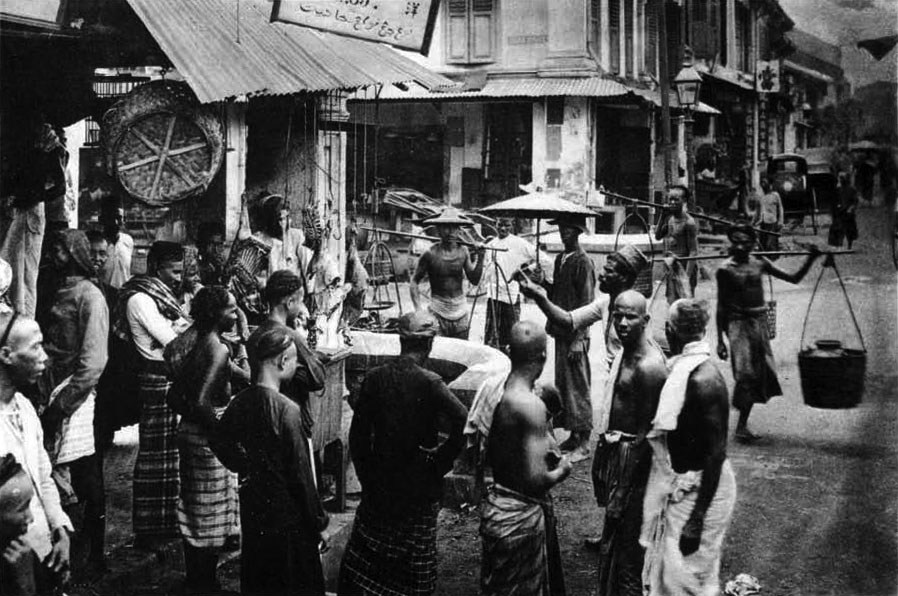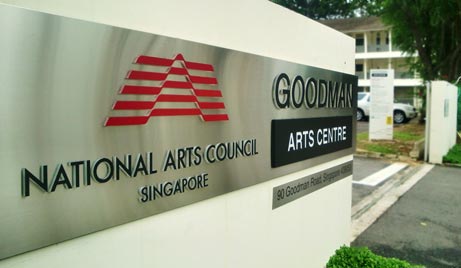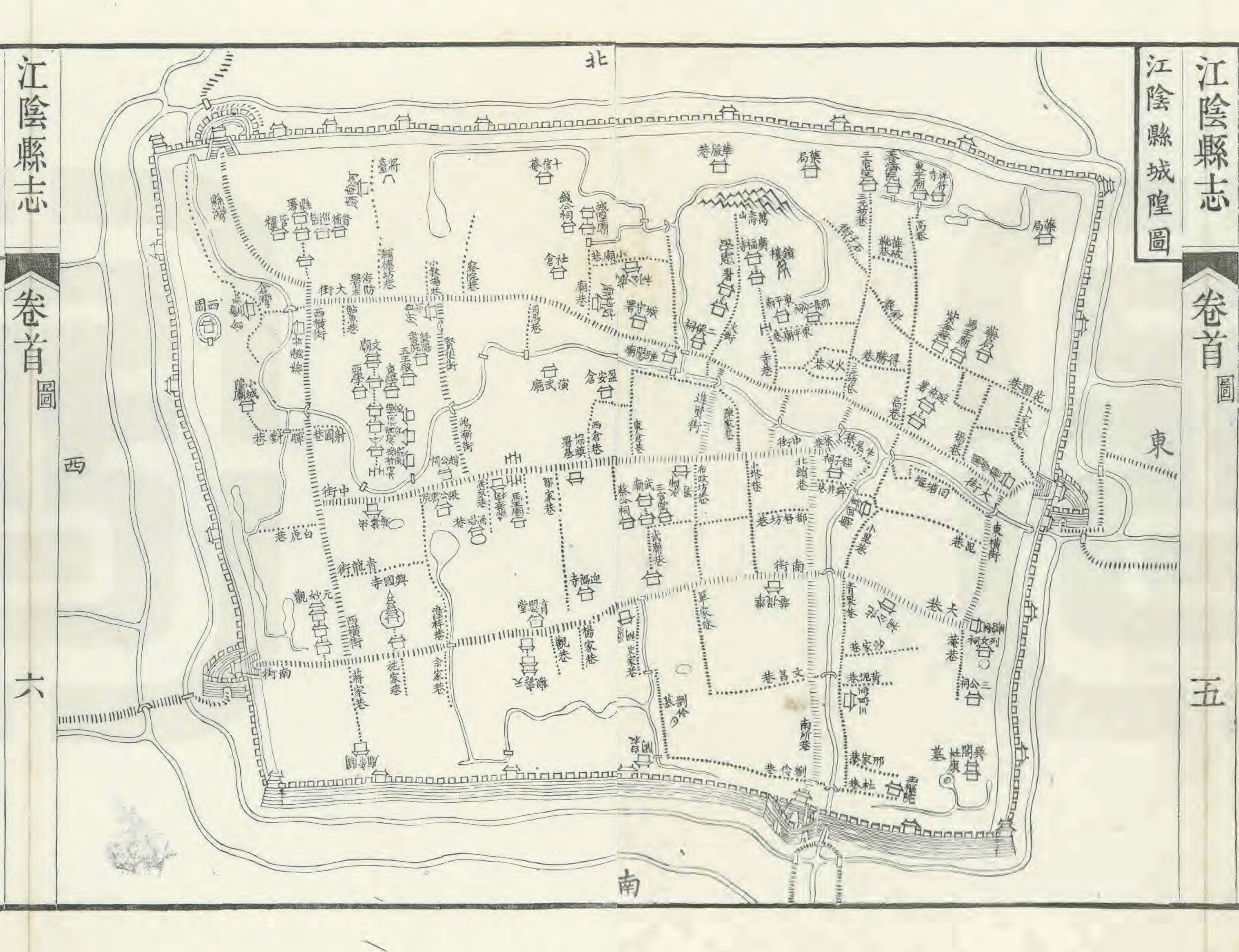|
Tay Teow Kiat
Tay Teow Kiat (; born 1947) is the Music Director of East Zone Schools’ Chinese Orchestra Development Centre, President of Singapore Chinese Instrumental Music Association, Music Director of Nanyang Academy of Fine Arts (NAFA) City Chinese Orchestra (CCO), Music Director of Dingyi Chamber Ensemble and Resident Conductor of Dunman High School Chinese Orchestra (DHSCO). He is considered to be the founding father of Chinese orchestral music in Singapore. Education Tay studied the sanxian under Yang Hao Ran, an accomplished musician of traditional Southern Chinese music, in the 1960s. In 1980, he studied conducting and music theory under the esteemed musician and educator Professor Li Yi of the Shanghai Conservatory of Music, as well as the conductor Professor Cao Peng. Tay received his PhD in Chinese music conducting from the Beijing Normal University in 2005. Career Since 1985, Tay was invited to conduct numerous professional Chinese orchestras in places such as Shanghai, Tianji ... [...More Info...] [...Related Items...] OR: [Wikipedia] [Google] [Baidu] |
Nanyang Academy Of Fine Arts
Nanyang Academy of Fine Arts (NAFA); (Standard Chinese: 南洋艺术学院; ms, Akademi Seni Halus Nanyang; ta, நன்யாங் அகாடமி ஆஃப் ஃபைன் ஆர்ட்ஸ்) is a publicly-funded post-secondary arts institution, planned to be a constituent college of the University of the Arts Singapore (UAS) by 2024 along with the LASALLE College of the Arts in Singapore. NAFA offers courses at the secondary diploma and bachelor's degree levels. The NAFA diploma programmes provides comprehensive arts and design education appropriate of Singapore's polytechnic-level for students who had successfully completed their secondary school education, which is 10 years of studies in Singapore. As an industry-oriented alternative to a broader-based junior college education in Singapore, NAFA graduates in Singapore are sought after for work or many continue to complete university degrees. NAFA in Singapore admit the majority of their students after secondary ... [...More Info...] [...Related Items...] OR: [Wikipedia] [Google] [Baidu] |
Zhanjiang
Zhanjiang (), historically spelled Tsamkong, is a prefecture-level city at the southwestern end of Guangdong province, People's Republic of China, facing Haikou city to the south. As of the 2020 census, its population was 6,981,236 (6,994,832 in 2010) whom 1,931,455 lived in the built-up (or metro) area consisting of four urban districts: Chikan, Xiashan, Potou and Mazhang. In 2007, the city was named China's top ten livable cities by Chinese Cities Brand Value Report, which was released at 2007 Beijing Summit of China Cities Forum. History Imperial China era During the Qin Dynasty (221–206 BC), the area belonged to Xiang Shire. The imperial government of the Han Dynasty (206 BC−220 AD) set Xuwen County as the administrator of the whole Leizhou Peninsula. It was one of the earliest departure points on the Maritime Silk Road. It was a city port soon after. Great numbers of Putian colonists settled in the Leizhou peninsula, establishing colonies during the S ... [...More Info...] [...Related Items...] OR: [Wikipedia] [Google] [Baidu] |
Singaporean People Of Chinese Descent
Singaporeans, or the Singaporean people, refers to citizens or people who identify with the sovereign island city-state of Singapore. Singapore is a multi-ethnic, multi-cultural and multi-lingual country. Singaporeans of Chinese, Malay, Indian and Eurasian descent have made up the vast majority of the population since the 19th century. The Singaporean diaspora is also far-reaching worldwide. In 1819, the port of Singapore was established by Sir Stamford Raffles, who opened it to free trade and free immigration on the island's south coast. Many immigrants from the region settled in Singapore. By 1827, the population of the island was composed of people from various ethnic groups. Singapore is a multilingual and multicultural society home to people of groups of many different ethnic, religious and national origins, with the majority of the population made up of Chinese, Malay, Indian and Eurasian descent. The Singaporean identity was fostered as a way for the different ethnic g ... [...More Info...] [...Related Items...] OR: [Wikipedia] [Google] [Baidu] |
Singaporean Conductors (music)
Singaporeans, or the Singaporean people, refers to citizens or people who identify with the sovereign island city-state of Singapore. Singapore is a multi-ethnic, multi-cultural and multi-lingual country. Singaporeans of Chinese, Malay, Indian and Eurasian descent have made up the vast majority of the population since the 19th century. The Singaporean diaspora is also far-reaching worldwide. In 1819, the port of Singapore was established by Sir Stamford Raffles, who opened it to free trade and free immigration on the island's south coast. Many immigrants from the region settled in Singapore. By 1827, the population of the island was composed of people from various ethnic groups. Singapore is a multilingual and multicultural society home to people of groups of many different ethnic, religious and national origins, with the majority of the population made up of Chinese, Malay, Indian and Eurasian descent. The Singaporean identity was fostered as a way for the different ethn ... [...More Info...] [...Related Items...] OR: [Wikipedia] [Google] [Baidu] |
Living People
Related categories * :Year of birth missing (living people) / :Year of birth unknown * :Date of birth missing (living people) / :Date of birth unknown * :Place of birth missing (living people) / :Place of birth unknown * :Year of death missing / :Year of death unknown * :Date of death missing / :Date of death unknown * :Place of death missing / :Place of death unknown * :Missing middle or first names See also * :Dead people * :Template:L, which generates this category or death years, and birth year and sort keys. : {{DEFAULTSORT:Living people 21st-century people People by status ... [...More Info...] [...Related Items...] OR: [Wikipedia] [Google] [Baidu] |
National Arts Council (Singapore)
The National Arts Council (NAC) is a statutory board established on 15 October 1991 to oversee the development of arts in Singapore. It is under the purview of the Ministry of Culture, Community and Youth. The NAC provides grants, scholarships, awards and platforms for arts practitioners, as well as arts education and programmes for the general public. History In 1989, the Advisory Council on Culture and the Arts, chaired by Deputy Prime Minister Ong Teng Cheong, produced a report assessing the status of various aspects of arts in Singapore. The report would form the blueprint for cultural policy in Singapore, and led to the establishment of the National Arts Council and National Heritage Board to spearhead the development of arts in Singapore. In 1991, the National Arts Council (NAC) was formed from the amalgamation of the Singapore Cultural Foundation, Cultural Division of Ministry of Community Development, Festival of Arts Secretariat and the National Theatre Trust. Org ... [...More Info...] [...Related Items...] OR: [Wikipedia] [Google] [Baidu] |
Cultural Medallion
The Cultural Medallion is a cultural award in Singapore conferred to those who have achieved artistic excellence in dance, theatre, literature, music, photography, art and film. It is widely recognized as Singapore's pinnacle arts award. History The award was instituted in March 1979 by Minister for Culture Ong Teng Cheong and administered by the National Arts Council. The awards was given by the Minister for Culture. Since 2006, the award was presented by the President of Singapore instead of the Minister for Information, Communications and the Arts (previously known as Minister for Culture). On 20 October Minister for Information, Communications and the Arts Lee Boon Yang announced that project grant for the award is revised to S$80,000 upwards from S$50,000, giving recipients better opportunities to create major works.Clara Chow, "SSO co-leader, versatile artist get highest award for the arts", ''The Straits Times'', 21 October 2006 From 2013, in an effort to recognise mu ... [...More Info...] [...Related Items...] OR: [Wikipedia] [Google] [Baidu] |
National Arts Council Singapore
The National Arts Council (NAC) is a statutory board established on 15 October 1991 to oversee the development of arts in Singapore. It is under the purview of the Ministry of Culture, Community and Youth. The NAC provides grants, scholarships, awards and platforms for arts practitioners, as well as arts education and programmes for the general public. History In 1989, the Advisory Council on Culture and the Arts, chaired by Deputy Prime Minister Ong Teng Cheong, produced a report assessing the status of various aspects of arts in Singapore. The report would form the blueprint for cultural policy in Singapore, and led to the establishment of the National Arts Council and National Heritage Board to spearhead the development of arts in Singapore. In 1991, the National Arts Council (NAC) was formed from the amalgamation of the Singapore Cultural Foundation, Cultural Division of Ministry of Community Development, Festival of Arts Secretariat and the National Theatre Trust. Org ... [...More Info...] [...Related Items...] OR: [Wikipedia] [Google] [Baidu] |
Jiangyin
Jiangyin (, Jiangyin dialect: ) is a county-level city on the southern bank of the Yangtze River, and is administered by Wuxi, Jiangsu province. Jiangyin is one of the most important transport hubs on the Yangtze River, it is also one of the most developed counties in China. With 1,595,138 inhabitants as of the 2010 census, the city is now part of Jiangyin-Zhangjiagang-Jingjiang built-up or metropolitan area with 3,526,260 inhabitants Etymology Jiangyin's name means "River Shade", from its location on the south or shady side of the Yangtze River. History Jiangyin was a township of Yanling (; later known as Piling, ) county initially. Since the township was located in the north of Ji Lake, it was given the name "Jiyang" (). In 281, it was promoted as a county of Piling commandery. In 558, the north-west part was taken away from then Lanling county ( Wujin and its around areas) to create Jiangyin county. It was served as the seat of Jiangyin commandery, of which jurisdiction equa ... [...More Info...] [...Related Items...] OR: [Wikipedia] [Google] [Baidu] |
Suzhou
Suzhou (; ; Suzhounese: ''sou¹ tseu¹'' , Mandarin: ), alternately romanized as Soochow, is a major city in southern Jiangsu province, East China. Suzhou is the largest city in Jiangsu, and a major economic center and focal point of trade and commerce. Administratively, Suzhou is a prefecture-level city with a population of 6,715,559 in the city proper, and a total resident population of 12,748,262 as of the 2020 census in its administrative area. The city jurisdiction area's north waterfront is on a lower reach of the Yangtze whereas it has its more focal south-western waterfront on Lake Tai – crossed by several waterways, its district belongs to the Yangtze River Delta region. Suzhou is now part of the Greater Shanghai metro area, incorporating most of Changzhou, Wuxi and Suzhou urban districts plus Kunshan and Taicang, with a population of more than 38,000,000 residents as of 2020. Its urban population grew at an unprecedented rate of 6.5% between 2000 and 2014, which ... [...More Info...] [...Related Items...] OR: [Wikipedia] [Google] [Baidu] |




